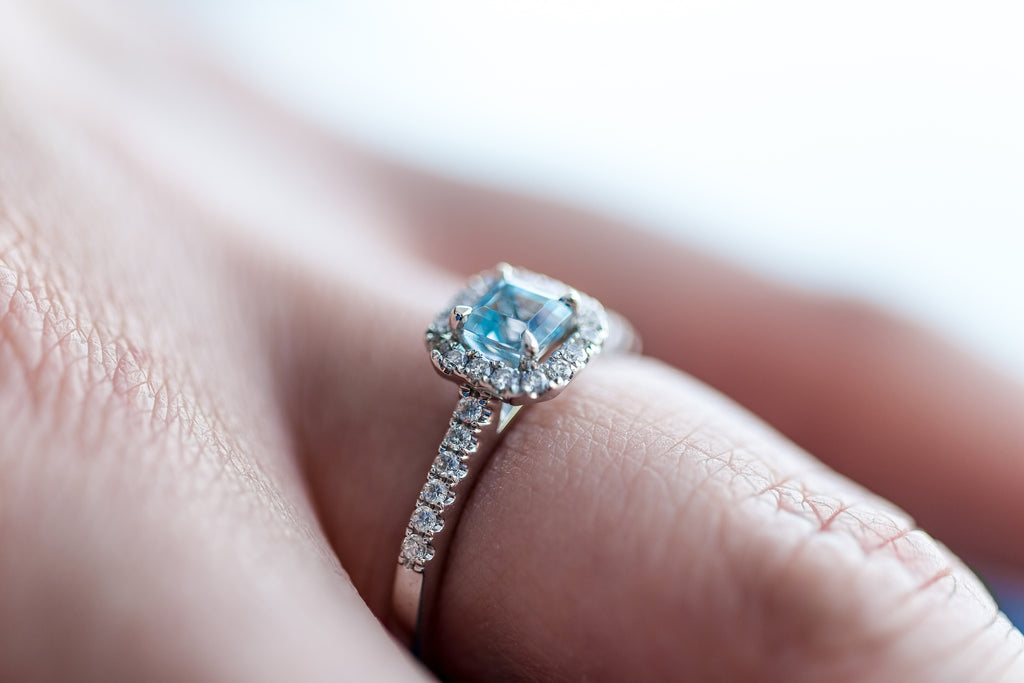Diamonds have long been considered the ultimate symbol of love and luxury. Their brilliance and elegance make them an ideal choice for engagement rings, necklaces, earrings, and other jewelry pieces. However, the shape of a diamond plays a significant role in its overall appearance and value. In this guide, we will explore the different diamond shapes and offer tips on choosing the perfect one for your needs.
Understanding Diamond Shapes
A diamond’s shape refers to its physical form and outline. It is not to be confused with its cut, which describes how well the diamond’s facets interact with light. The most common diamond shapes tips include:
- Round Brilliant: This classic shape is the most popular due to its exceptional brilliance and versatility.
- Princess: Known for its square or rectangular shape with pointed corners, the princess cut is a modern and chic choice.
- Cushion: With rounded corners and a pillow-like shape, the cushion cut is both elegant and timeless.
- Oval: An elongated version of the round brilliant, the oval shape offers a unique and sophisticated look.
- Marquise: This shape resembles an elongated football with pointed ends, providing a distinctive appearance.
- Pear: A combination of round and marquise, the pear shape resembles a teardrop and is known for its graceful silhouette.
- Emerald: Characterized by its rectangular shape with step-cut facets, the emerald shape is perfect for those who prefer a more understated look.
- Asscher: Similar to the emerald shape but square, the Asscher cut has a vintage charm.
- Radiant: Combining the brilliance of the round shape with the square form of the princess, the radiant shape is a versatile and modern choice.
- Heart: A romantic and sentimental shape, the heart cut is often chosen for engagement rings.
Tips for Choosing the Perfect Diamond Shape
Selecting the right diamond shape can be challenging, but with these tips, you can make an informed decision that suits your style and preferences.
1. Consider the Wearer’s Style
The shape of a diamond can say a lot about a person’s style. For those who appreciate classic elegance, the round brilliant or oval shape might be ideal. If they prefer a more modern look, consider the princess or radiant shapes. Take the wearer’s fashion sense into account when choosing a shape.
2. Think About Hand and Finger Size
The size and shape of the wearer’s hand and fingers can influence which diamond shape looks best. Longer shapes like oval, marquise, or pear can elongate shorter fingers, while rounder shapes like round brilliant and cushion can complement longer fingers.
3. Determine the Desired Level of Brilliance
Different diamond shapes have varying levels of brilliance and sparkle. The round brilliant shape is known for its exceptional brilliance, while step-cut shapes like emerald and Asscher offer a more subdued shine. Consider the desired level of sparkle when choosing a shape.
4. Consider the Setting
The diamond shape can impact the type of setting that suits it best. Round shapes are versatile and work with most settings, while more intricate shapes like marquise or heart may require specialized settings. Ensure that the chosen setting complements the diamond shape.
5. Budget Considerations
Certain diamond shapes may be more affordable than others due to differences in demand and yield from the rough stone. For example, round brilliant diamonds are often more expensive than other shapes because they require more rough stone to create. If budget is a concern lab diamonds, consider shapes like oval, pear, or radiant, which can offer better value.
6. Personal Sentiment
For some, the choice of a diamond shape is deeply personal. The heart shape, for example, is often chosen for its romantic symbolism. Consider any sentimental factors when choosing a shape.
Conclusion
Choosing the perfect diamond shape is a personal decision that requires careful consideration of style, finger size, brilliance, setting, budget, and personal sentiment. By following these tips, you can select a diamond shape that reflects your unique taste and preferences.
Whether you’re choosing a diamond for an engagement ring, necklace, or another piece of jewelry, remember that the most important factor is how it makes you feel. Take your time, explore different shapes, and choose the one that brings you the most joy.

